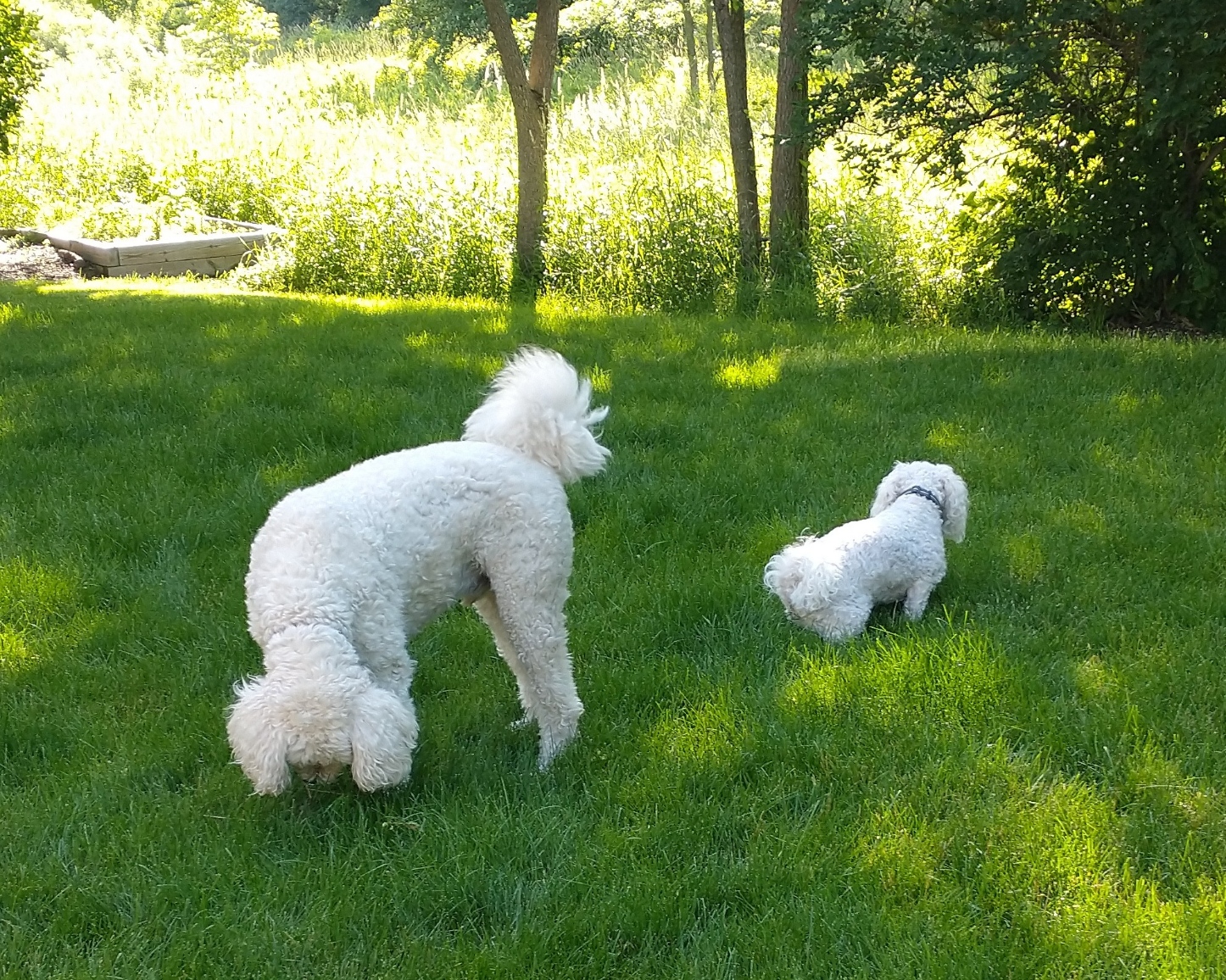August 18, 2019—I have lived in Florida since April 1998. Throughout
those 21 years, the only hurricane I personally experienced was Irene, in 1999.
A category 1 storm, its winds were a “mild” 75 mph, but brought with it
torrential rainfall.
I remember lying in bed, talking on the phone to a family
member, as the eye of the hurricane went directly over Palm Beach Gardens,
where I was living. As the wind and rain died down, I finally lost electricity
for a short time. My small yard was prone to flooding, but I had taken the
precaution of placing sandbags around the doors. I had no damage from this mild
‘cane.
Two years ago, Jacksonville had a brush with Hurricane Irma,
a category 4 storm, with winds up to 130 mph. St. Augustine, about 30 miles to
the south and located directly on the water, received the brunt of the storm,
and parts of Jacksonville were thoroughly flooded because of surges from the
river and extraordinary high tides. I think we lost electricity for perhaps an
hour or so, and we had no damage, not even branches down.
We have been lucky.
The residents in Mexico Beach, Fla., a small beach community
that sits directly on the Gulf of Mexico in the Hidden Coast of Florida, were
not so lucky last year. Hurricane Michael, a category 5 storm, literally wiped
out the entire town. Few buildings on the coast were left unscathed.
 |
| Mexico Beach, Fla., after Hurrican Michael. Photo credit: Herald-Mail Media. |
For the last several days, Jim and I have been vacationing
at Grayton Beach State Park, about 60 miles west of Mexico Beach. We decided to
return to Jacksonville via the “scenic route” (U.S. 98), which partially hugs
the coast and goes through Mexico Beach. We wanted to see for ourselves the
havoc that Hurricane Michael wrought on the area. (Mind you, where we were
staying, there had been virtually no
hurricane damage from that storm.)
As we approached Panama City Beach (about 37 miles from the
state park), we began to see signs of storm destruction, with roofs and sides
of buildings torn off. It wasn’t unusual to see blue tarps covering leaky
roofs. I tried to capture some of the devastation on my cell phone's camera as we drove. (It was a rainy day.)
 |
Another mile or so east of Tyndall AFB, we began to see a
strange phenomenon: pine trees snapped in half. The really strange thing was
that all of the trees were snapped like straws at essentially the same height, and all of
them had been snapped by winds blowing out of the south. However, a little
farther down the road, we saw the same situation—snapped trees—but these trees had
been broken by winds coming out of the north! Obviously, Michael’s gales came
from all directions.
We finally reached Mexico Beach. We were disappointed that we
could not go downtown, because the road was barricaded. I suspect that downtown
buildings were either being razed and/or the road was being rebuilt. As we
detoured inland, we could see fewer buildings in disrepair, but blue tarps were
still very prevalent. And back on the highway, where there used to be condos
and houses, now stand vacant lots.
 |
| All along the beach, there used to be houses and condos. No more. |
Sad.
We continued to see devastation for a few miles east of
Mexico Beach, but then it suddenly stopped. It was as if the hurricane had
never existed.
 |
| This condo building, one of several in the complex, is empty, cordoned off as it gets repaired...maybe. |
Our hearts go out to those who are trying to recover from Michael’s
wrath.
So far, this year we have not had any hurricanes hit
Florida. Let’s hope our luck stays with us.
Until next time,
Your Reluctant RoVer,
Linda






















